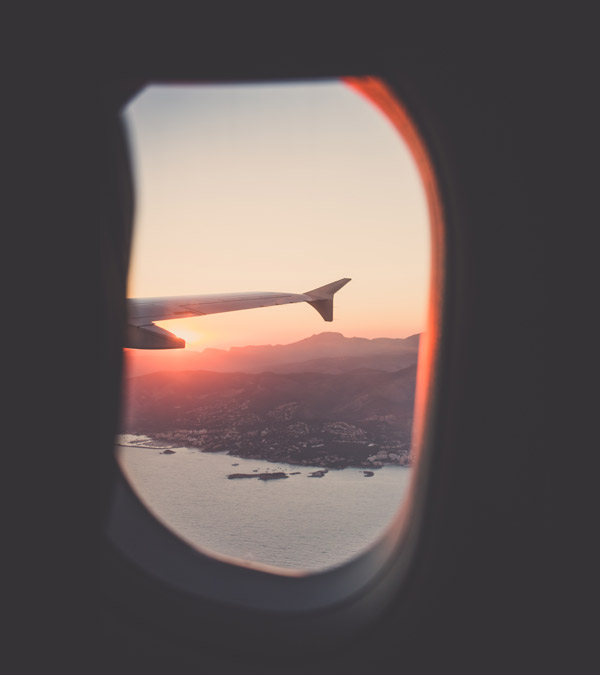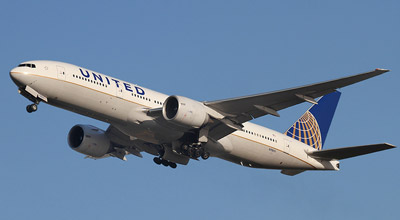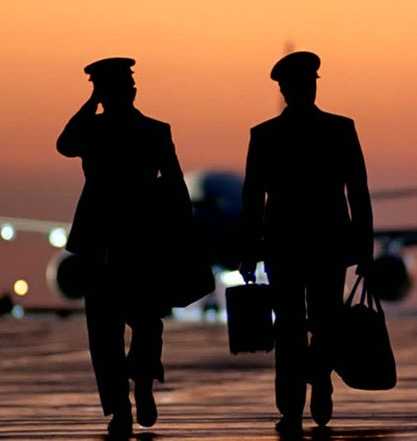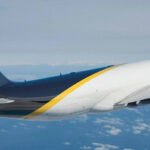How Pilot Pay Works

The way pilots are paid is as varied as the positions and job types available. Some of the pay structures are simple while others are complex and seemingly have their own language.
Pilot pay, and the way they are paid, is dependent on many factors. This can include type of operation they work for, the equipment they fly for an employer, what position they are in the crew, and longevity with an employer. The aviation industry goes through significant cycles of expansion and contraction and this translates to large changes in pilot compensation.
Entry level pilot jobs are the easiest to understand for compensation. Most are paid either a yearly salary or hourly pay with similar hour accrual as other occupations/industries. Though many of the entry level pilot positions that pay hourly don’t earn a direct one hour of pay for one hour of work. These pilots will often spend more time at work than the hours they are paid for.
The following is a list of typical jobs and how they are compensated:
- Airline Pilot Pay – paid hourly using a pay rig system (described below). Though hourly airline pilots will have a minimum guarantee of hours paid in a month. This guarantee usually ranges from 60 to 80 hours of pay.
- Corporate Pilot Pay – typically paid as a yearly salary.
- Cargo Pilot Pay – large cargo operators use hourly pay rig systems with a minimum hourly guarantee like the airlines. Small cargo operations typically pay as a yearly salary.
- Charter Pilot Pay – typically paid an hourly rate with no guarantee on hours available.
- Flight Instructor Pay – can be paid as salaried positions. Still most common is for light instructors to get paid hourly. Hourly flight instructors don’t usually have minimum pay guarantees and often spend more time working than they are paid for.
- Law Enforcement Pilot Pay – typically paid as a yearly salary.
- Aerial Firefighter Pilot Pay – paid hourly but often with daily minimum hour guarantees during the fire season.
- Crop Duster Pilot Pay – paid hourly or salary if employed by another. Crop dusters are frequently self employed and get paid based off contract rates with their clients.
Pilot Pay Rigs
A “rig” is minimum credit a pilot earns for time spent at work. The rig system has evolved over the years to provide pilots with protection so that they are compensated for being required to be available for work. Pilots that work within a rig system are assigned work assignments as ‘trips.’ A trip can range from single day up to weeks. A pilot is considered on the same trip until they have time at their home domicile with no duty or work requirements from their employer.
How a trip pays depends on the specific work rules a pilot works under but will be based on either time spent away from base, time spent on duty, or time spent flying. The rigs paid are based on ratios set in employment agreements.

Trip Rig Pay
Trip rig pay is based on time away from base which begins when a pilot checks in for their trip until they are released from duty to go home at the end of the trip. We’ll take a look at a trip rig as if it is based on a ratio of 1:4. Most employers that have pay based on rigs will have trip rigs somewhere between 1:3 to 1:5.
In the example trip we’ll say a pilot flies a 4 day trip and is gone from their base for a total of 78 hours. With a 1:4 ratio we would divide the 78 by 4 for 19.5. If this trip was paid based on trip rig the pilot would earn 19.5 hours of pay for it.
Duty Rig Pay
Duty rig pay is based on time spent on duty while on a trip. When a pilot is gone on a trip they may be gone from home for several days. However, they are only on duty and working for a portion of that time with time spent for required rest. Pilots are typically issued a hotel room for their required rest period. We’ll take a look at a duty rig as if it is based on a ratio of 1:2. Most employers that pay based on rigs will have duty rigs somewhere between 1:1.5 to 1:3.
In the same example trip from above the pilot would be gone from home for 4 days. But lets say for the example that on day one they had a work day of 8 hours, on day two they worked 12 hours, on day three they worked 12 hours, and on day four they worked 10 hours. During the trip they were on duty for a total of 42 hours. With a 1:2 ratio we would divide 42 by 2 for 21. If this trip is based on duty rig the pilot would earn 21 hours of pay for it.
Block Rig Pay
Block rig pay is based on time spent actually flying while on a trip. Most employers that pay based on rigs will have block rigs of 1:1.
In the same example 4 day trip lets say the pilot flew 5 hours on day one, 7 hours on day two, 7 hours on day three, and 6 hours on day four. During the trip they flew for a total of 25 hours. If this trip was based on blog rig the pilot would earn 25 hours of pay for the 25 hours of flying.
Determining Pay Earned Based on Pilot Pay Rigs
Pilots that earn pay within a rig system are credited hours for pay based on a trip. After determining what a trip would earn based on time away from base, duty time, and actual flight time time the pilot is credited pay based on the highest of the three. From the example trip above, the pilot could be credited 19.5 hours of pay based on time away from base, or 21 hours of pay based on time spent on duty, or 25 hours based on time spent flying. 25 hours is the highest of the three and that is what a pilot would earn for flying that trip.
Work Rules Effect on Pay
Work rules found in a pilot employment agreement can be just as important as the actual rig ratios in that agreement. That is, rules that protect a pilots pay or provide additional pay can have effect what or how a pilot gets paid.
For example, lets say a pilot is on a trip that gets paid based on flight time. But during that trip a flight or two gets cancelled due to airplane mechanical issues. If the pilot agreement has pay protection then they would still get credit as if that flight had been flown. If they don’t have protection for this then the trip will likely end up paying less.
Some work rules allow pilots to get paid a 150% to 300% premium over their normal hourly rate to pick up additional flying for their employer if the operation is short of pilots on certain days. And some agreements will pay pilots a 10% to 30% increase for each hour worked in a month over a threshold.
Paid Time off Within the Rig System
If a pilot is too sick to fly and calls in sick for a trip that trip is then removed from their schedule and the pilot is deducted an amount of hours from their accrued sick time bank to cover the value of the trip. If a pilot calls off sick during a trip the trip is recalculated based on the difference between what the pilot earned to that point versus what the trip was worth, with the difference being deducted from their sick bank.
Pilots are typically awarded vacation based on a calendar week. When their actual schedule is assigned to them pilots will have any trip that touches that week dropped from their schedule with the hourly value of those trips deducted from their accrued vacation time.
Some employers allow pilots to drop parts of trips using vacation time when staffing allows.
Pilot Employer Operations and Quality of Life

Pilot employers will schedule each pilot to work at least the guaranteed pay each month which is usually 60 to 80 hours. How a pilot gets to this point can have significant impact on their quality of life.
When the schedules are mostly paid based on time spent in the air (block rig) then a pilot will spend less time on the road and will have more time off in the month. If a pilot ends up flying a lot of shorter flights their trips will often pay based on time away from base or duty time and they will have fewer days off.
Employers that have larger airplanes that fly longer legs will usually have better pilot schedules. Flying widebody aircraft on international flights will get the most time off for pilots.
Pilot Per Diem Pay
While on a trip pilots are often paid a separate rate meant to cover their expenses while on that trip. Employers usually pay for accommodations and transportation during trips, this additional rate is meant for food and miscellaneous expenses and is known as per diem. Per diem is paid out based on time away from base and is a direct 1:1 for this time. Per diem rates typically range between $1.50 per hour to $3.00 per hour, with the higher end of the range typically being paid out when flying internationally.
Greg started his professional pilot journey in 2002 after graduating from Embry Riddle. Since that time he has accumulated over 8,000 hours working as a pilot. Greg’s professional experience includes flight instructing, animal tracking, backcountry flying, forest firefighting, passenger charter, part 135 cargo, flying for a regional airline, a national low cost airline, a legacy airline, and also working as a manager in charge of Part 135 and Part 121 training programs.



